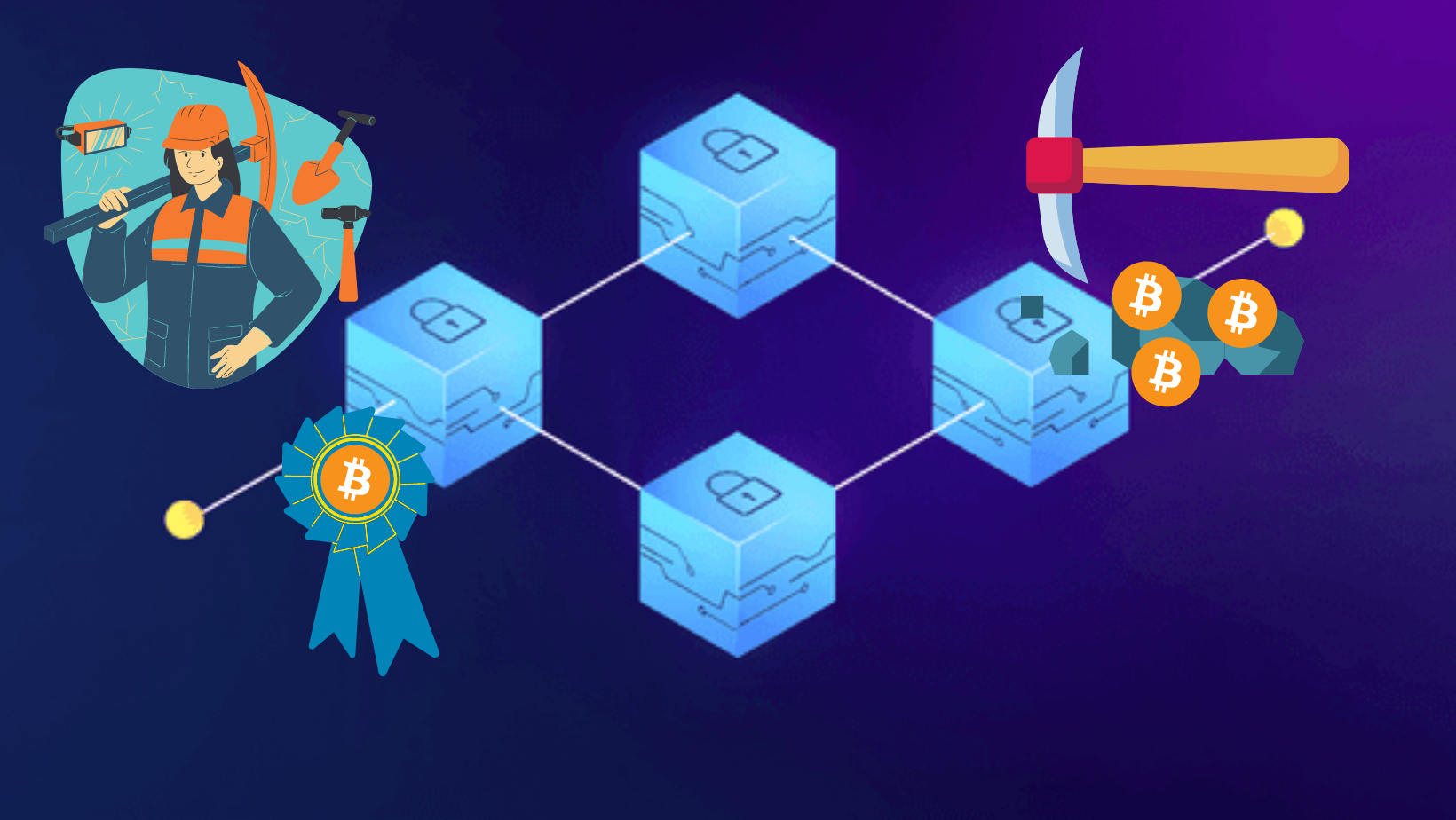Often while learning about Bitcoin and its supply cap of 21 Million coins, or learning about bitcoin mining or bitcoin transactions, one question always comes up - Where do new bitcoins come from? How are they produced?
Bitcoins themselves aren’t tangible things that you can hold or use in real life; they are digital representations of currency on a balance sheet (i.e. a public ledger; i.e. a blockchain). Thus, new coins coming into existence equates to numbers being added to a balance sheet. Once a new batch of coins is created, a record of the existence of those coins is added to the public ledger and associated with the account (i.e. a public address) that found the block and was awarded the mining reward.
What Satoshi did was bootstrapping the adoption process as the means of adding new coins as a reward to the miners who add new transactions to new blocks. Rather than releasing the whole supply of 21 million from the start itself, or just a few people accumulating the whole supply since the beginning - Satoshi used the method of block rewards. This method not only creates incentives for the miners to add more hash-power to the network for its security but also rewards them with pre-set block rewards.
These Bitcoin rewards had previously not been in circulation and therefore come from the network programming. Transactions are grouped together in sets called blocks. With each block, miners work to solve a complex algorithm for the privilege to add the block to the chain of existing blocks, hence the name blockchain. The algorithm increases and decreases in difficulty to ensure that each block takes an average of 10 minutes to mine.
The first miner to solve the algorithm broadcasts the answer to the rest of the miners on the network. If the other miners agree that the block is valid, they add it to the blockchain. The miner that solved the algorithm then receives the Bitcoin reward. The mining rewards are the only source of new Bitcoins.

To control the supply in circulation as per the activity on the network and its adoption, the block reward is controlled by the code itself, cutting down the reward every 210,000 Blocks (roughly every 4 years). The bitcoin mining reward started at 50 Bitcoin per block and has decreased by 50% every 210,000 blocks (~4 years). The current mining reward is 6.25 Bitcoin per block as of 2022. During the next halving according to the time of writing this article, in the year 2024, the block reward will be cut in half to 3.125 Bitcoin.

The reward will continue to decrease about every 4 years until all of the Bitcoins are in circulation - which is estimated to be in the year 2140. Till that time the block rewards become less valuable as adoption grows, the price per bitcoin grows due to absolute digital scarcity and which in turn increases the value of the fees generated by adding new transactions.

Sovereign Monk
Bitcoin, Privacy & Individual Sovereignty Maximalist | Founder of European Bitcoiners - for Free and Open Bitcoin Education.
follow me :




Related Posts
How does Bitcoin Mining Work?
Jul 05, 2025
7 Bitcoin Scams You Need To Be Aware Of
Jul 05, 2025
What is Bitcoin?
Jan 16, 2025